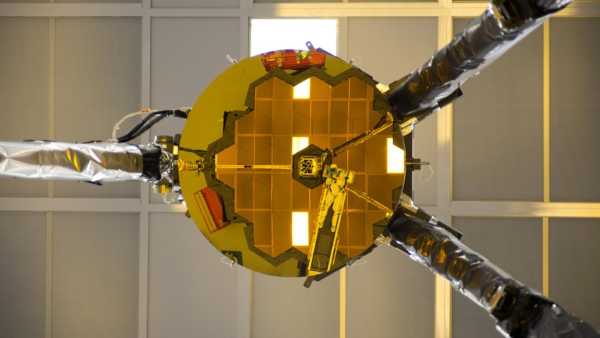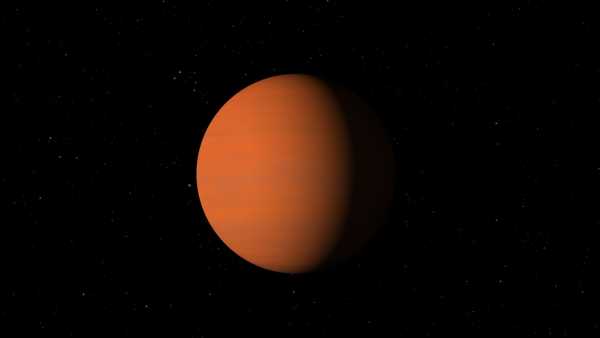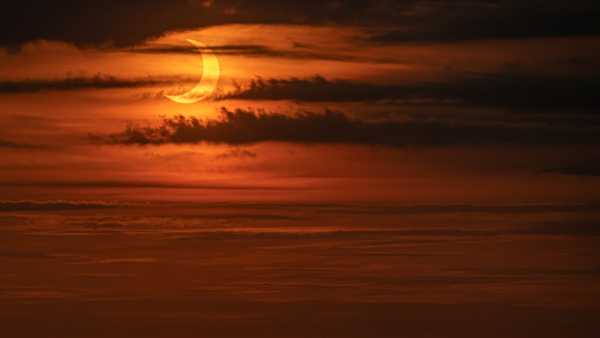
A partial solar eclipse seen in New York City in June 2021. The sunrise will be visible on September 21, but will be partial in the Southern Hemisphere. (Image: Noam Galai/Getty Images)
Hidden in the sunlight on September 21, the new moon will rise almost unnoticed by those in the Northern Hemisphere. However, early visitors to New Zealand, the South Pacific, and a small group of people (and millions of penguins) in Antarctica will be able to see a spectacular “rising crescent” as the eclipsed Sun rises above the horizon. It’s one of the most spectacular astronomical phenomena, comparable in its spectacularity to a total solar eclipse.
The event, known as an “equinoctial eclipse,” will occur during the 24-hour period that coincides with the September equinox, the moment the sun crosses the celestial equator. This movement marks the beginning of spring in the Southern Hemisphere and autumn in the Northern Hemisphere.
The equinox will occur at 2:19 p.m. ET (18:19 UTC) on September 22, and a partial solar eclipse—the second of 2025—will last from 1:29 p.m. to 5:53 p.m. ET (17:29–21:53 UTC) on September 21. Thus, sunrise on September 22 in Antarctica, New Zealand, and the South Pacific will already be under the influence of the eclipse.
You might be interested
-
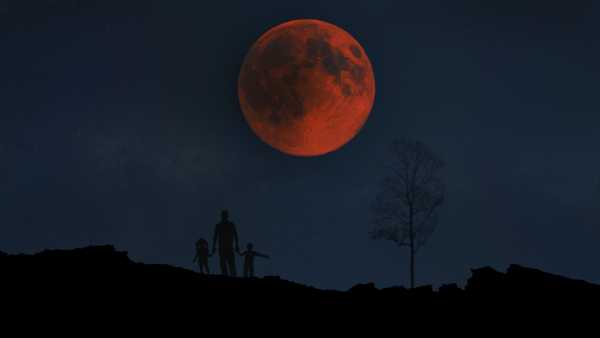
Blood Moon Coming: Key Facts About the September 7 Total Lunar Eclipse
-

NASA Space Probe Captures Moon Transit and Earth Eclipse on Same Day – Unique Footage
-

When is the next full moon expected?
Unlike a total solar eclipse, when the Moon completely hides the Sun, exposing the corona (the outer atmospheric shell of the star), during a partial eclipse, part of the luminary remains visible. This creates the shape of a crescent, for the observation of which protective glasses are required. Despite the lack of complete darkness, the view of the eclipsed Sun near the horizon remains an impressive spectacle.
In this case, the degree of coverage of the solar disk will be a record: up to 86% of the surface of the luminary will be hidden in some areas of the Ross Sea (Antarctica) and in the south of New Zealand. One of the best places for observation will be Dunedin (New Zealand), where the Sun will rise in the eclipse phase at 6:27 a.m. local summer time, reaching peak coverage (about 72%) 40 minutes later.
RELATED MATERIALS
— A rare “black moon” will appear this weekend: the essence of the phenomenon and the possibilities of observation
— Top 10 Astronomical Events of 2025 for Stargazers
— Mysterious Perseid 'spiral' flares over US: experts find it difficult to determine their origin.
According to Timeanddate.com, only about 400,000 people will be able to see the eclipse with coverage greater than 70%. In Auckland, New Zealand, the partially eclipsed Sun will rise at 6:10 a.m. local time, with maximum coverage of 61%. Fiji and Tonga in the South Pacific will see a less pronounced eclipse. Hobart, Australia, will see a 3% eclipse just after sunrise at 6:00 a.m. EDT.
The next solar eclipse will occur on February 17, 2026. The annular eclipse will create a “ring of fire” lasting up to 2 minutes 20 seconds, during which the Moon will cover 92% of the solar disk while at apogee. However, this unique phenomenon will only be visible in remote areas of Antarctica. Sometimes, only penguins get lucky.

Jamie Carter, Social Media, Live Science Contributor
Jamie Carter is a freelance journalist and regular Live Science correspondent based in Cardiff, UK. He is the author of Astronomy Essentials and a lecturer on space and natural phenomena. His work has appeared in Space.com, TechRadar.com, Forbes Science, BBC Wildlife, Scientific American and elsewhere. He is the editor of WhenIsTheNextEclipse.com.
Please verify your public name before posting a comment.
Please sign out and sign back in to customize your display name.
Exit Read more
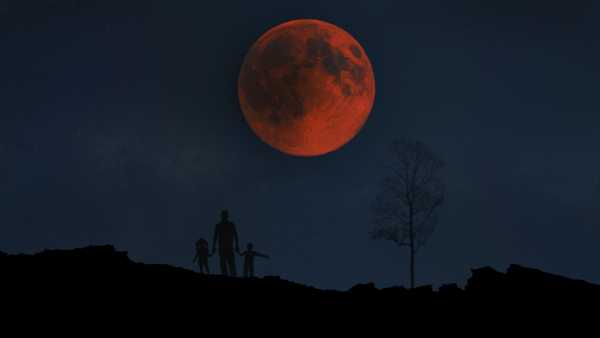
Blood Moon Coming: Key Facts About the September 7 Total Lunar Eclipse
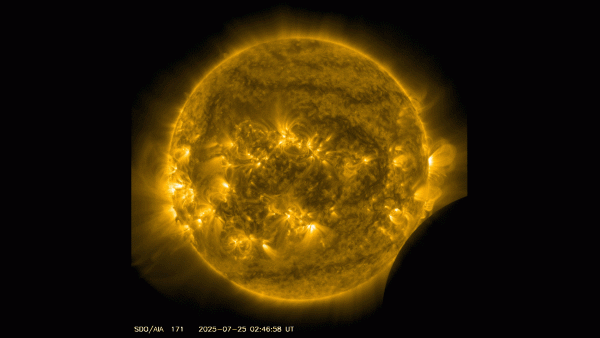
NASA Space Probe Captures Moon Transit and Earth Eclipse on Same Day – Unique Footage
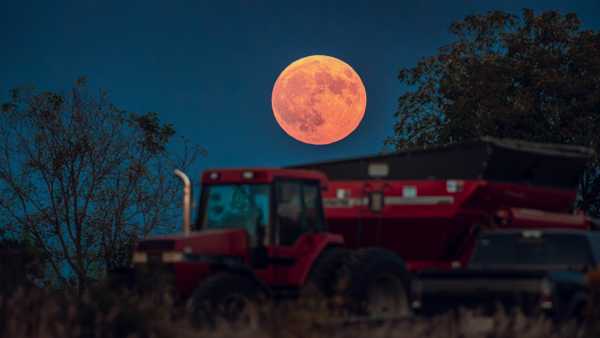
When is the next full moon expected?
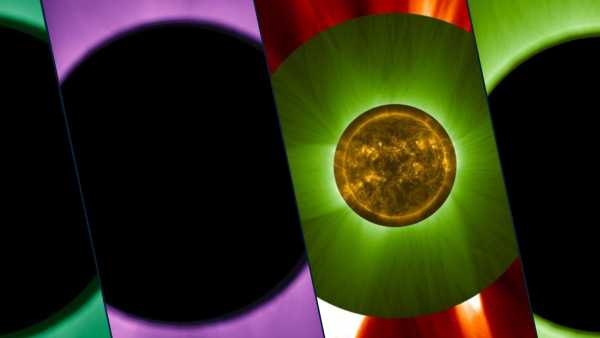
First images of artificial solar eclipse from European Space Agency's Proba-3 mission
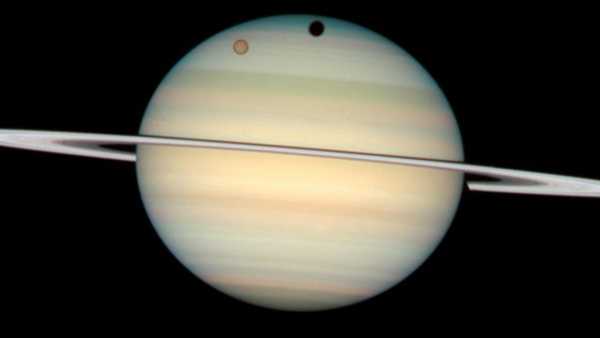
A giant “hole” on Saturn will be visible this summer. The phenomenon is not expected to recur until 2040.

Full “Ose
Sourse: www.livescience.com



